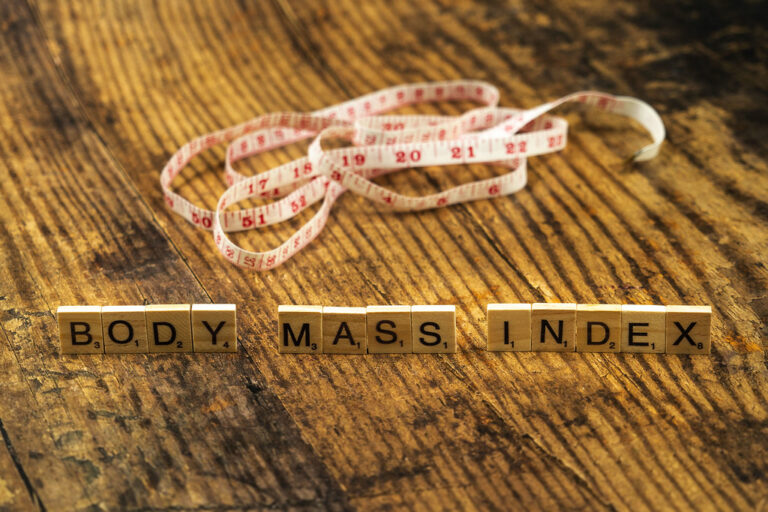Reverse BMI Calculator: Find Your Target Weight
Key Highlights
Discover your target weight with our reverse BMI calculator.
Easily input your desired BMI and height for instant results.
Understand the relationship between BMI, weight, and overall health.
Learn about the benefits and limitations of using BMI for weight management.
Get personalized insights to make informed decisions about your fitness journey.
Explore additional resources and FAQs for a comprehensive understanding of BMI.
What is The Reverse BMI Calculator?

A reverse BMI calculator is a useful tool. It helps you find the weight you need to reach your desired body mass index (BMI). Unlike regular calculators, this one works in reverse. You just enter your target BMI and your height, and it tells you the weight you should aim for.
This tool can be very helpful. If you are focusing on a certain BMI range for better health and fitness, it can guide you toward maintaining a healthy weight range. Whether your goals are to lose weight or gain weight, the reverse BMI calculator and weight calculator help set a target weight for you based on your height and desired BMI.
What is Body Mass Index (BMI)?
Body Mass Index (BMI) is a way to measure body fat, specifically as an estimate of body fat, using your height and individual weight. It helps to show if a person is underweight, has normal weight, is overweight, or is obese. Many people use BMI as a simple way to check health risks that are linked to weight.
How to calculate reverse BMI?

Step 1: Input Your Information
On the Bmi calculator’s web page, you’ll see several input fields and elements for your h&p evaluation.
How tall are you about your BMI and your height? Enter your height in this field to calculate height from BMI and weight, as part of the eh&p™ process. You can input your height in either centimeters (cm) for metric or feet and inches (ft/in) to calculate your BMI accurately.
Select a unit from the dropdown menu in the medical software interface. Choose your preferred unit of measurement from the dropdown in the eh&p medical software. You can select “cm” for centimeters or “ft/in” for feet and inches.
Which BMI are you aiming for in the medical medicalculator?: Specify the specific BMI you’re aiming for in this field based on the BMI scale to achieve a specific health status. This is the BMI you wish to achieve based on the clinical guidelines.
Step 2: Calculate Your Ideal Weight using Medcalc.
After entering your height from BMI and weight and desired BMI into the media calculator, use this calculator to click the “Calculate” button to generate your output. The body mass index calculator will process your inputs and provide you with the result to calculate the weight effectively.
Step 3: Review the Result
The result will be displayed in a separate box below the input fields, providing essential medical systems data. It will indicate the approximate weight you should aim for to achieve the desired BMI according to the BMI chart and model calculations. This weight is given in kilograms (kg), which is essential for calculating the weight required to achieve a specific BMI.
Step 4: Reset and Start Overusing the flow charts provided.
If you want to clear the input fields and start over, you can click the “Restart” button in the hra section. This will clear all the data in the Medmath system and allow you to perform new computations.
Calculate how much calories you spend at rest
The reverse BMI calculator is a useful tool to calculate how many calories your body burns at rest, also known as your basal metabolic rate (BMR). By inputting your weight, height, age, and gender, the calculator can provide an estimate of the calories you need to maintain your current weight without any physical activity. Understanding your BMR is crucial for managing your calorie intake and achieving your health and fitness goals effectively.
BMI Formula
The BMI formula is a simple mathematical equation that divides an individual’s body weight by the square of their height. The formula differs slightly depending on the units of measurement used (metric or imperial).
In the metric system, the BMI formula is:
BMI = weight (kg) / height (m) ^2
In the imperial system, the formula is:
BMI = weight (lb) / height (in) ^2 x 703
The resulting BMI value is then compared to a standardized chart to determine an individual’s weight status, including categories like obesity and high BMI:
BMI Range | Weight Status |
|---|---|
Below 18.5 | Underweight |
18.5 – 24.9 | Normal Weight |
25.0 – 29.9 | Overweight |
30.0 and Above | Obese |
BMI for Different Body Types

BMI is a common way to check if someone is at a healthy weight. However, it’s important to remember that different body types can change what BMI means. BMI does not show differences between muscle and body fat. For example, athletes or people who lift weights may have higher BMIs. This can happen even if they have low body fat.
Because of this, people could be labeled as overweight or obese, even if they are healthy. So, using only BMI to measure health may not be right for everyone. It is important to look at other factors, like waist size, body fat percentage, and overall health signs, to get a full picture.
Frequently Asked Questions
How does a Reverse BMI Calculator work?
A Reverse BMI Calculator works by inputting your desired BMI and your current height. The calculator then computes the weight you need to achieve your goal BMI. This tool helps individuals track their progress towards a healthy BMI and set realistic health goals.
